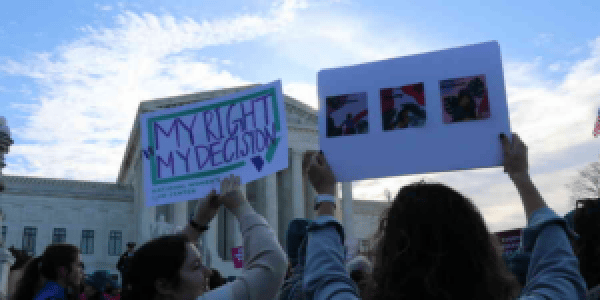Abortion rights, women of color, and LGBTQI+ people are under attack. Pledge to join us in fighting for gender justice.
Key State Child Care Assistance Policies in 2017, State by State
In February 2017, a family with an income above 150 percent of poverty ($30,630 a year for a family of three in 2017) could not qualify for child care assistance in 15 states. Twenty states placed families applying for child care assistance on waiting lists or had frozen intake (turned away eligible families without adding their names to a waiting list). And in most states, payment rates for child care providers serving families receiving child care assistance were below recommended levels.
Click on a state below to see information about its policies in a few key areas, including:
- The income limit up to which a family of three can qualify for child care assistance, as an annual dollar amount and as a percentage of the 2017 federal poverty level.
- The number of children or families on the waiting list for child care assistance (if the state places eligible children and families who apply for assistance on a waiting list).
- The provider payment rate for center care for a one-year-old whose family is receiving child care assistance, in the state’s most populous city/county/region, and a comparison of that rate to the federally recommended level (the 75th percentile of current market rates) for that type of care.
Notes:
The income limits shown in the map represent the maximum income families can have when they apply for child care assistance; some states allow families, once receiving assistance, to continue receiving assistance up to a higher income level than that initial limit. Also note that in a few states, the income limit varies by locality; for those states, the range of income limits is shown.
The monthly rates shown in the map were calculated from hourly, daily, and weekly rates assuming the child was in care 9 hours a day, 5 days a week, 4.33 weeks a month. For states that pay higher rates for higher-quality care, the most common rate level (the level representing the greatest number of providers) for each state is used. Payment rates in the map are compared to the federally recommended level, which is the 75th percentile of current market rates—the rate designed to allow families access to 75 percent of providers in their community.
Some states have had changes in their income limits, waiting lists, and/or payment rates since February 2017.
See Persistent Gaps: State Child Care Assistance Policies 2017, Tables and Tables Notes for more details about each state’s policies and changes since February 2017.
For more information on individual states, view our state-by-state child care assistance policies fact sheets.

